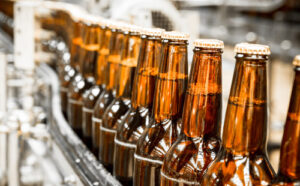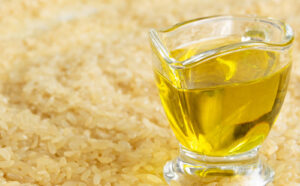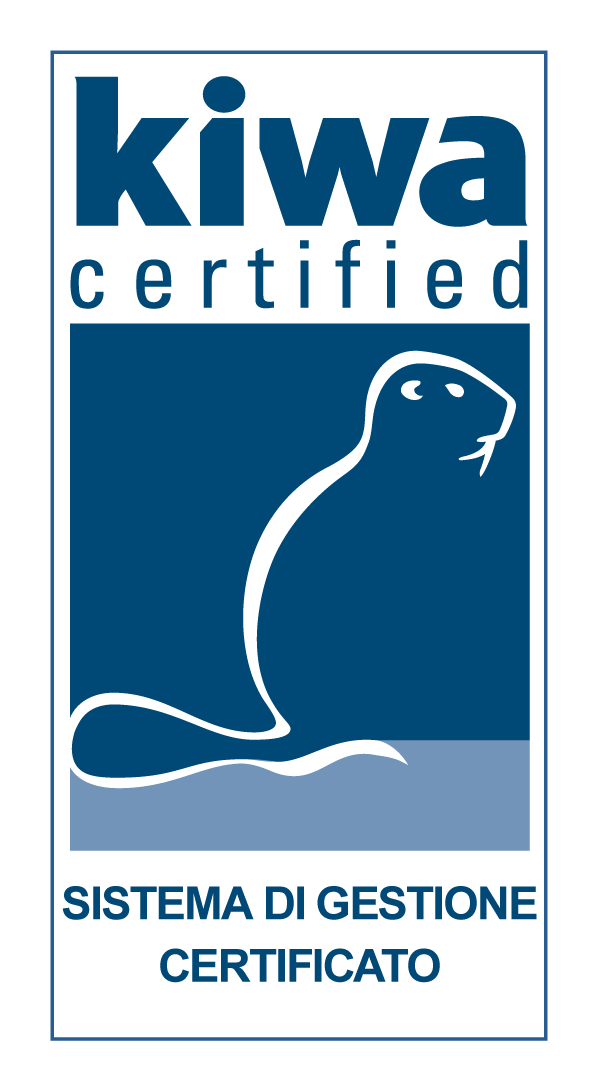Chemical products for
As opposed to physical treatments, in particular mechanical filtration techniques where unwanted elements are removed from the water, chemical treatment involves the addition of substances to the water itself. These substances modify its chemical and physical characteristics, inhibiting phenomena which damage the system, such as corrosion, incrustations, or microbial growth.
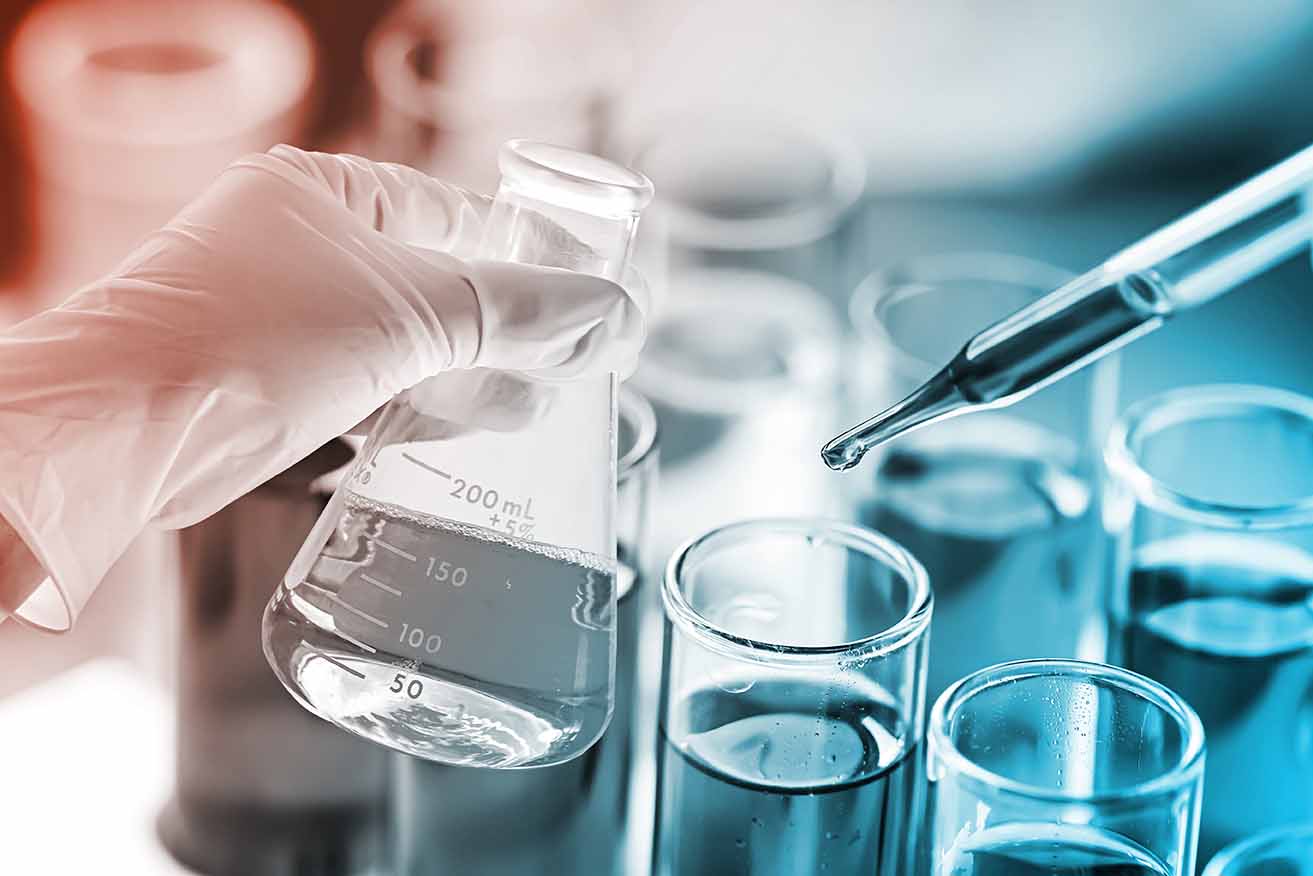
A wide range of chemical products is available, depending on how the water is to be used, and on the system operating conditions (pressure, temperature, etc.). While the same product can be used in different sectors, concentrations and methods of use generally vary from one application to another.
The following products refer to the active principle, or to the type of use the products are intended for, focusing on four major industrial water treatment sectors: swimming pools, boilers/evaporators, membrane systems, and water purification/softening systems.
Although these products are sold under different names, the efficacy of a product depends on the active principle and its concentration, regardless of any symbols or acronyms used. Always refer to the manufacturer’s technical and safety data sheets before use.
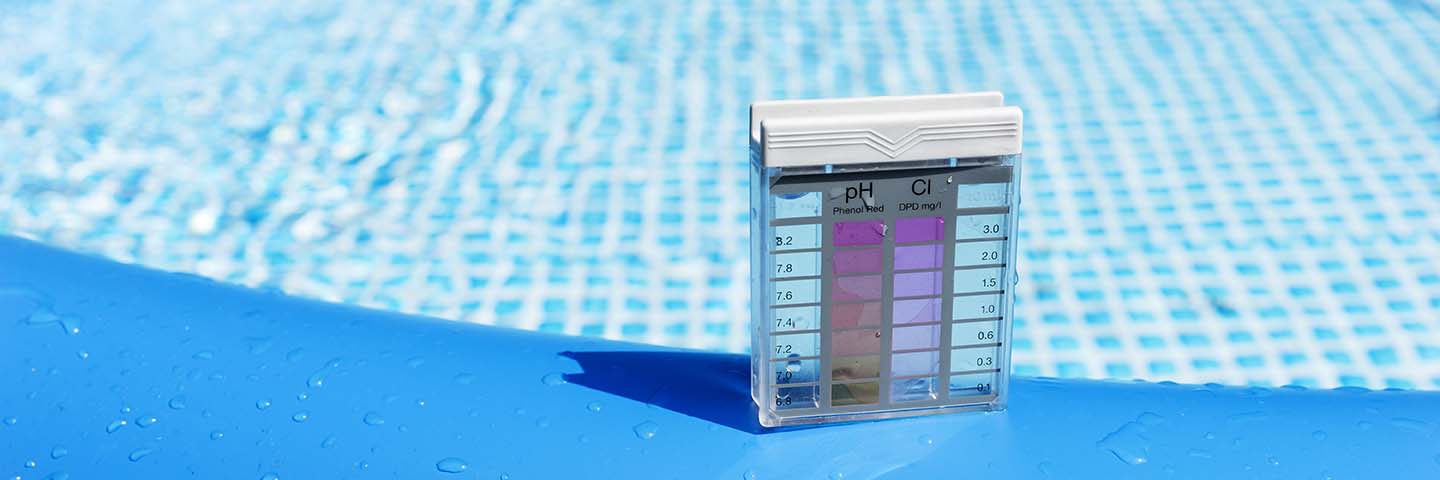
Swimming pools
Clear and hygienic swimming pool water can only be achieved and maintained using suitable filtration treatments and certain chemical reagents. For the treatment of swimming pool water, the document “State-Region Conference – 16 January 2003 agreement” requires the use of the following substances, listed as: disinfectants, flocculants, pH correctors and anti-algae products.
Disinfectants
- Ozone
- Liquid chlorine (chlorine gas pressurised at low temperature)
- Sodium hypochlorite
- Calcium hypochlorite
- Sodium dichloroisocyanurate anhydrous
- Sodium dichloroisocyanurate dihydrate
- Trichloroisocyanuric acid
Flocculants
- Aluminium sulfate (solid or in solution)
- Iron(III) chloride
- Iron(III) chlorosulfate
- Aluminium polychloride
- Aluminium polyhydroxychlorosulfate
- Sodium aluminate (solid or in solution)
pH correctors
- Hydrochloric acid
- Sulfuric acid
- Sodium hydroxide
- Sodium bisulfate
- Sodium bicarbonate
Anti-algae products
- N-Alkyl-N,N-dimethyl-N-benzylammonium chloride
- Poly[hydroxyethylene(dimethyliminio)ethylene(dimethyliminio)methylene dichloride]
- Poly[oxyethylene(dimethyliminio)ethylene(dimethyliminio)ethylene dichloride]
Boilers/evaporators
The high temperatures in boiler systems cause certain chemical reactions (such as corrosion) to develop much more rapidly. Dissolved salts dissociate quickly at high temperatures, forming incrustating deposits and releasing aggressive gases such as carbon dioxide, hence the need to use products to inhibit incrustations and corrosion.
Heat can cause the degradation of thermovector fluid, and it is important to protect against freezing when necessary, such as in solar power circuits, using substances such as non-toxic glycols or glycerine.
To combat the unwanted effects of the water supply chemical composition, and to protect domestic hot water production systems, air-conditioning systems, and evaporators, chemical additives should be used to control certain phenomena such as corrosion, incrustation and bacterial proliferation.
As opposed to catalysts, inhibitors slow or stop chemical reactions which may cause metal corrosion, while incrustation inhibitors prevent the formation of insoluble salt deposits on the heat exchange surfaces, while helping to remove existing deposits over time. In the water of closed-loop air-conditioning systems, dispersants work together with incrustation inhibitors, helping to keep the deposits in suspension to prevent them from settling in the circuit.
Below are the main substances used in boilers, evaporators and closed-loop systems:
- Corrosion inhibitors
- calcium bicarbonate, sodium phosphate (cathodic inhibitors)
- sodium chromate, sodium nitrite (anodic inhibitors)
- aliphatic acids (organic inhibitors)
- phosphates, polyphosphates, silicates (domestic hot water treatment)
- Incrustation inhibitors
- phosphonates, polycarboxylates (closed-loop air-conditioning systems)
- phosphates, polyphosphates (domestic hot water treatment)
- Dispersants
- phosphonates, polycarboxylates, lignosulfonates (closed-loop air-conditioning systems)
- Biocides
- hydrogen peroxide, sodium hypochlorite, chlorine dioxide (domestic hot water treatment)
- phenols, chlorocresol, polymeric quaternary ammonium salts, low foaming quaternary compounds (closed-loop air-conditioning systems)

Membrane systems
Membrane systems for the production of osmotised water are often supplied with hard water or water containing precipitable substances which can reduce the efficiency of the system in the short-term due to blockage of the membranes themselves. The presence of chlorine is also detrimental to membrane lifespan, drastically shortened due to the degradation of their structure, which can be caused by inadequate pre-treatment of the water supply.
In these cases, the residual chlorine can be reduced by pre-filtration with activated carbon or the addition of sodium bisulfite.
In general, all acid or base solutions can quickly degrade the membrane microstructure, causing them to lose their specific characteristics, either partially or totally.
The maximum efficiency of a reverse osmosis system can only be achieved when the membranes operate in optimal conditions, which normally requires the use of filtration pre-treatments and the addition of chemical conditioning solutions to prevent incrustations and deposits, and remove any aggressive substances.
Calcium, magnesium, barium, strontium, carbonate/bicarbonate, sulfate, phosphate, fluoride, silica and boron salts have limited solubility; if the concentrations of these salts are not negligible, the addition of incrustation inhibitors increases their solubility, improving the recovery rate (the ratio between the permeate water produced and the feed water) of the system.
The chemical products used in the management of membrane systems, particularly reverse osmosis, are added using a dosing pump upstream of the system, prior to or following pre-filtration.
The main categories are:
- Antiscalant treatments (products containing special phosphonates which reduce membrane fouling)
- Biocides (products containing bromorganic substances (DBNPA) effective against bacteria, fungi, algae and sulfate-reducing microorganisms, i.e. to inhibit microbial growth and the formation of organic silt)
- Detergents
- acids (removal of inorganic deposits)
- alkalines (removal of organic deposits and biofilm)
- chelants (removal of iron deposits)
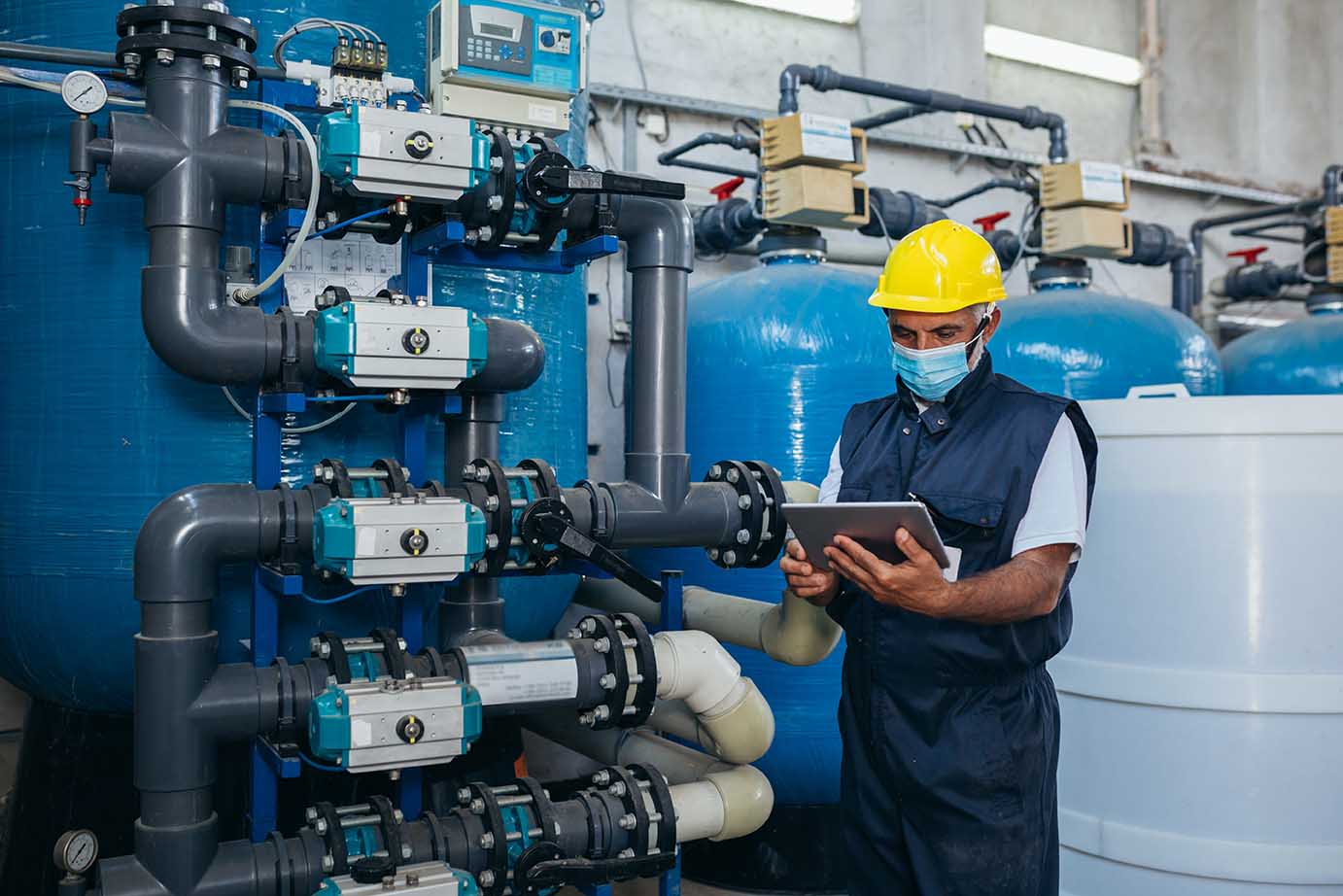
Water purification/softening systems
Depending on the supply source, the waters intended for human consumption normally undergo a series of treatments, of variable intensity depending on the starting characteristics of the water. Article 80 of Legislative Decree 152/2006 (Code on the Environment) stipulates that fresh surface waters to be used for drinking purposes should be classified as A1, A2 or A3, depending on their physical, chemical and microbiological characteristics. Category A3 waters are the poorest, requiring them to undergo intensive physical, chemical, purification and disinfection treatments.
The role of chemical reagents for these waters is of vital importance, not only as regards oxidisation and disinfection, but also to regulate the flocculation reactions and pH.
Wastewater purification plants also require the use of certain reagents, such as polyelectrolytes for the treatment of sewage sludge, or substances with a high oxidising/reducing power to deodorise the air in closed treatment plants.
The main chemical reagents used in this sector are:
Disinfectants/oxidants
- Sodium hypochlorite
- Chlorine dioxide (sodium chlorite + hydrochloric acid)
- Chloramines
- Potassium permanganate
- Ozone
- Hydrogen peroxide (in combination with UV radiation for advanced oxidisation processes)
- Sodium bisulfite (reduction of residual chlorine)
- Ferrous sulfate
pH correctors
- Carbon dioxide
- Sodium hydroxide
- Calcium hydrate
Flocculants
- Aluminium polychloride
- Aluminium polyhydroxychlorosulfate
- Sodium alginate (flocculation adjuvant)
- Iron(III) chloride
Oxidants/reductants
- Sulfuric acid
- Caustic soda

 Uffici e ristoranti
Uffici e ristoranti Per la casa
Per la casa Piscine
Piscine
